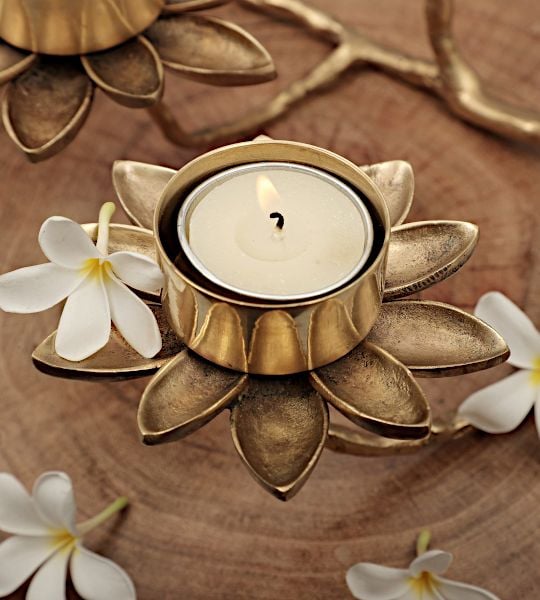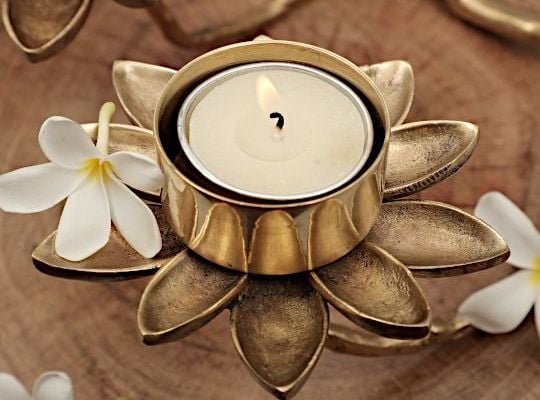Such paintings are usually found in the vestibule of Lamaist
temples. It is said that the Buddha himself drew this diagram in
the sand in order to explain to his disciples the Buddhist
conception of life, death and rebirth.
The Wheel itself is held in the clutches of a demon, who
symbolizes impermanence. In the hub of the wheel are a cock, a
snake, and a pig, symbols of lust, anger and ignorance
respectively, the three cardinal sins in Buddhism.
In the rim around this hub is a narrow band, one half showing the
upward path leading to the superior worlds of rebirth, and the
other showing the downward path leading to the inferior worlds of
rebirth. Beyond this narrow band this Wheel is divided into five
segments. These segments depict the different worlds of rebirth.
At the top left is the Region of the Gods and Asuras, and to the
right, the Region of man. These are the superior worlds of
rebirth. In the center below is the hell region, wherein Yama,
the King of the dead, presides over the judgement. At the left is
the Region of animals, and at the right, the Region of the
tortured spirits. The last three regions are inferior worlds of
rebirth.
In the outer rim are twelve scenes, which the Buddha called the
usual nexus, the chain of cause and effect, or the reasons for
transmigration. These symbolize the various stages through which
man passes from birth, namely:
1) Ignorance
2) Conformations
3) Consciousness
4) Self-consciousness
5) Senses
6) Contact
7) Desire
8) Indulgence
9) Married life
10) Maturity
11) The birth of an heir
12) Decay and death
And then rebirth through countless existences. At each death man
is reborn according to his Karma, into one or another of these
six worlds, until he, like Buddha, through enlightenment reaches
perfection and, no longer "bound to the wheel," passes on to
Nirvana to become one with the Universal spirit.
The painting of the Wheel is very complex; the profound symbology
must be carried out perfectly. The joys and punishments in the
six regions of rebirth are vividly portrayed in miniature. In the
outer rim the various incidents of the casual nexus are also
represented in minute detail.
Each of our thangkas comes framed in silk brocade and veil, ready to be hung in your altar.
Free Shipping. Delivered by  to all international destinations within 3 to 5 days, fully insured.
to all international destinations within 3 to 5 days, fully insured.
Of Related Interest:
The Buddhist Mandala - Sacred Geometry and Art (Article)
Unveiling the Divine Art: Journey into the Making of Thangkas
A Thangka is a traditional Tibetan Buddhist painting that usually depicts a Buddhist Deity (Buddha or Bodhisattva), a scene, or a mandala. These paintings are considered important paraphernalia in Buddhist rituals. They are used to teach the life of the Buddha, various lamas, and Bodhisattvas to the monastic students, and are also useful in visualizing the deity while meditating. One of the most important subjects of thangkas is the Bhavacakra (the wheel of life) which depicts the Art of Enlightenment. It is believed that Thangka paintings were developed over the centuries from the murals, of which only a few can be seen in the Ajanta caves in India and the Mogao caves in Gansu Province, Tibet.
Thangkas are painted on cotton or silk applique and are usually small in size. The artist of these paintings is highly trained and has a proper understanding of Buddhist philosophy, knowledge, and background to create a realistic and bona fide painting.
The process of making a thangka begins with stitching a loosely woven cotton fabric onto a wooden frame. Traditionally, the canvas was prepared by coating it with gesso, chalk, and base pigment.
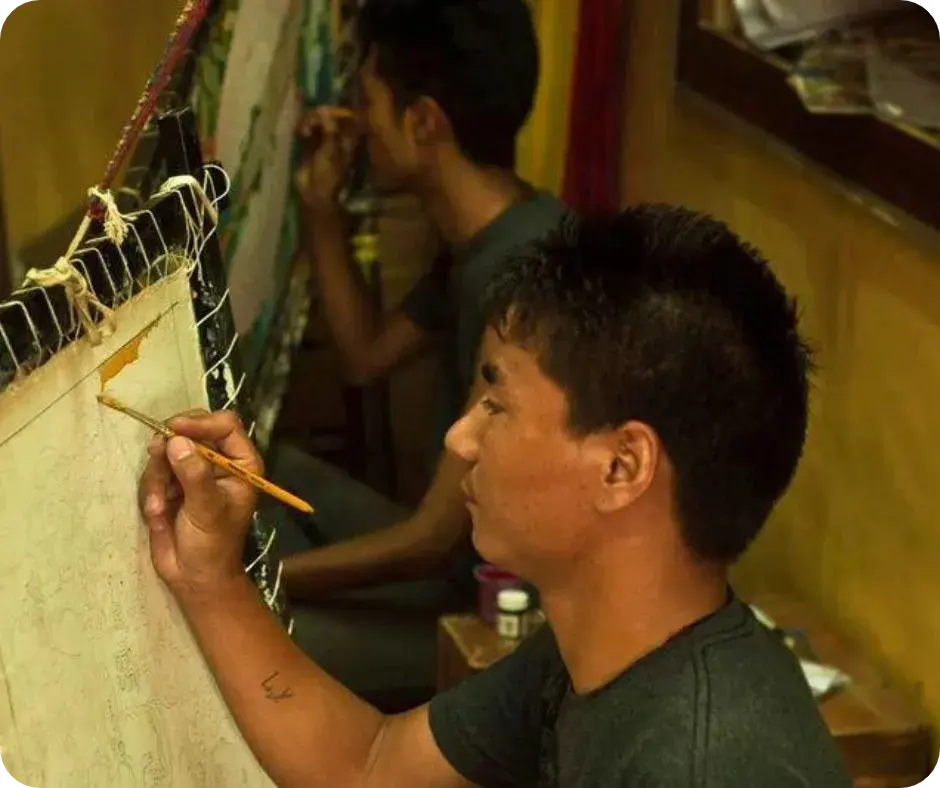
After this, the outline of the form of the deity is sketched with a pencil or charcoal onto the canvas using iconographic grids. The drawing process is followed in accordance with strict guidelines laid out in Buddhist scriptures. The systematic grid helps the artist to make a geometrical and professional painting. When the drawing of the figures is finalized and adjusted, it is then outlined with black ink.
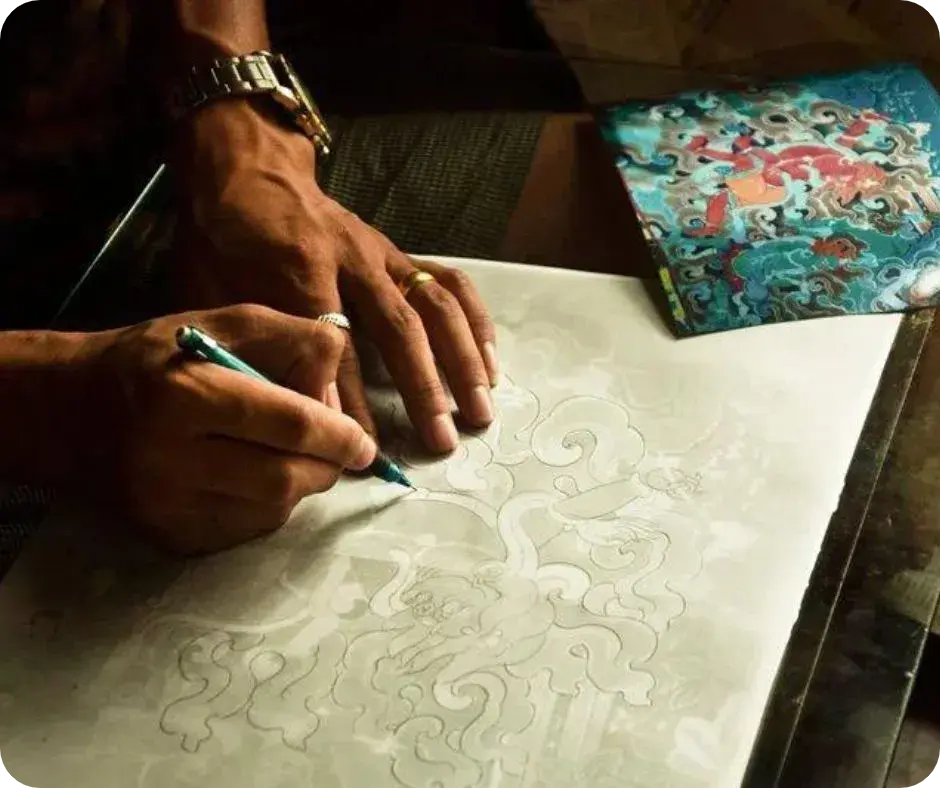
Earlier, a special paint of different colors was made by mixing powdered forms of organic (vegetable) and mineral pigments in a water-soluble adhesive. Nowadays, artists use acrylic paints instead. The colors are now applied to the sketch using the wet and dry brush techniques. One of the characteristic features of a thangka is the use of vibrant colors such as red, blue, black, green, yellow, etc.
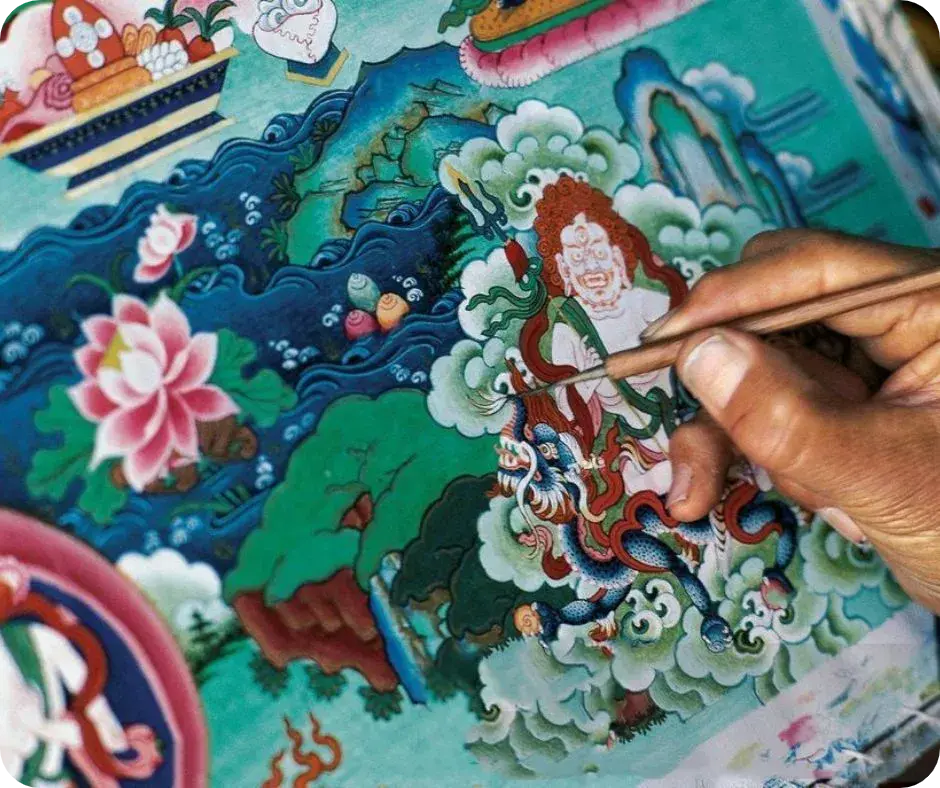
In the final step, pure gold is coated over some parts of the thangka to increase its beauty. Due to this beautification, thangkas are much more expensive and also stand out from other ordinary paintings.
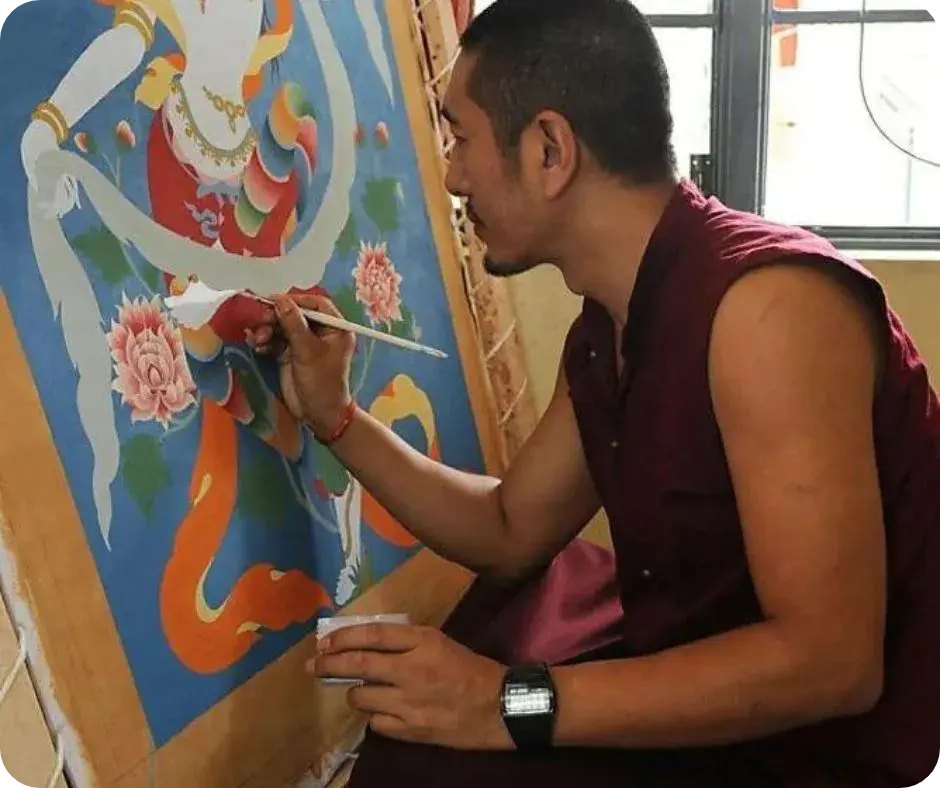
Thangka paintings are generally kept unrolled when not on display on the wall. They also come with a frame, a silken cover in front, and a textile backing to protect the painting from getting damaged. Because Thangkas are delicate in nature, they are recommended to be kept in places with no excess moisture and where there is not much exposure to sunlight. This makes them last a long time without their colors fading away. Painting a thangka is an elaborate and complex process and requires excellent skills. A skilled artist can take up to 6 months to complete a detailed thangka painting. In earlier times, thangka painters were lamas that spent many years on Buddhist studies before they painted.
 to all international destinations within 3 to 5 days, fully insured.
to all international destinations within 3 to 5 days, fully insured.







